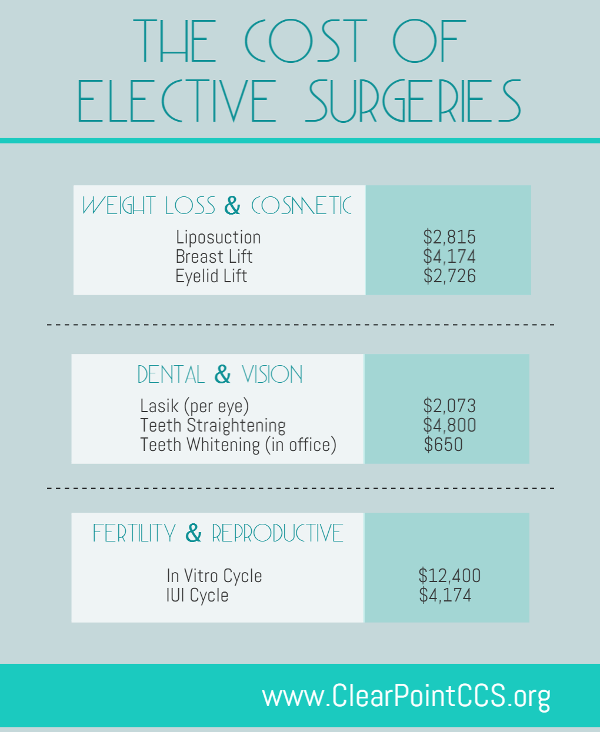AHAs are a key active ingredient for unclogging pore blockages and brightening acne-prone skin. They work by breaking down dead skin cell buildup to advertise newer, fresher cells, and avoiding future blockages.
Developing topical AHAs demands meticulous attention to different vital factors that considerably affect their efficiency and tolerability. Keeping the optimal pH range, together with automobile option and focus, amplifies their exfoliative characteristics while reducing prospective damaging responses.
Glycolic acid
Glycolic acid is known for its mild yet effective exfoliating residential properties, which advertise skin's all-natural shedding and loosen the "glue" that holds dead cells on the surface of the skin. This assists unclog pores and lessen the look of great lines and creases, along with boost total skin appearance and tone.
Interestingly, topical glycolic acid has also been shown to stimulate the production of collagen, which is crucial in preserving skin's firmness and elasticity. It is essential to keep in mind, nevertheless, that since glycolic acid can boost the skin's level of sensitivity to sunshine, it is important to put on sun block when making use of any kind of items having this active ingredient.
Skin doctors pay mindful focus to the solution of items consisting of AHAs in order to maximize their effectiveness and tolerability. Developing AHAs with the proper car, together with pH and concentration considerations, allows for optimal skin penetration while minimizing possible damaging responses. This is especially vital for individuals with delicate skin, because AHAs are known to be mildly irritating.
Lactic acid
Lactic acid is located in several non-prescription skin treatment items and some stronger professional peels and treatments. It has the most affordable molecular weight of all the AHAs and has the ability to permeate deeper into the skin, where it is more effective at unclogging pores and scrubing.
Like glycolic acid, it additionally promotes collagen synthesis, which helps diminish great lines and creases and enhance skin structure. Additionally, it has moisture-retention residential or commercial properties, which makes it preferable for drier skin kinds than various other AHAs.
The comprehensive body of medical information confirming the effectiveness of topical AHAs sustains their energy in a large range of dermatological afflictions and visual problems. These consist of elaborate skin renewal procedures, depletion of great lines and wrinkles, lightening of hyperpigmentation, healing treatment for actinic keratosis, and acne administration [2] Optimizing the solution of AHAs by stabilizing pH, concentration, and vehicle option better improves their therapeutic possibility. These cautious considerations enable skin doctors to provide safe and reliable therapies that provide premium scientific results.
Mandelic acid
Mandelic acid, derived from almonds, is an additional member of the AHA family and is a preferred component in items that assist treat acne. Its bigger molecular size means it passes through the skin much more gradually and carefully, which can reduce the possibility for inflammation. It's additionally much less likely to activate inflammation and various other skin sensitivity issues, making it appropriate for sensitive skin kinds.
Mandelic Acid is thought to help in reducing inflammation and increase hydration. It functions by loosening the bonds in between dead skin cells, allowing them to drop and reveal fresher-looking skin. It additionally helps reduce the look of enlarged pores.
Creating topical products with AHAs calls for an exact balance of crucial factors that dramatically impact their efficiency and tolerability. In particular, the pH of an AHA solution has actually been revealed to play a critical function in its capacity to promote exfoliation and boost skin tone and appearance. Accomplishing this optimum concentration is a tough goal and calls for precise focus to the different variables that affect the solution process.
Citric acid
Citric acid, located in citrus fruits such as oranges and lemons, is a mild AHA. It's much less irritating than glycolic or lactic acid, making it preferable for sensitive skin. It additionally has astringent residential or commercial properties, aiding to dry out excess oil.
Like various other AHAs, citric acid can be used in chemical peels and day-to-day active/maintenance treatments to scrub the skin and promote cell turn over. It can help reduce the look of dark spots and hyperpigmentation, in addition to great facial lines.
It can additionally increase the synthesis of glycosaminoglycans, which play a crucial role in enhancing the skin obstacle function. This assists to avoid trans-epidermal water loss, and preserve optimum hydration degrees in the skin [35]
AHAs can be incorporated with relaxing active ingredients such as ceramides or hyaluronic acid to improve their tolerability. They can be integrated right into daily active/maintenance skin care with cream or lotion what is botox solutions. This enables practitioners to tailor their AHA therapies based upon client demands and choices, with the versatility of picking from various treatment intensities or focus.
